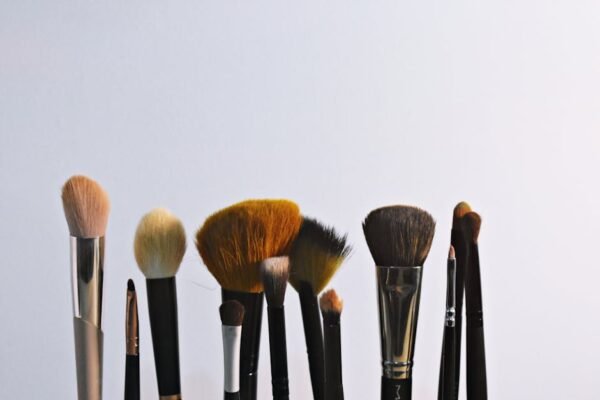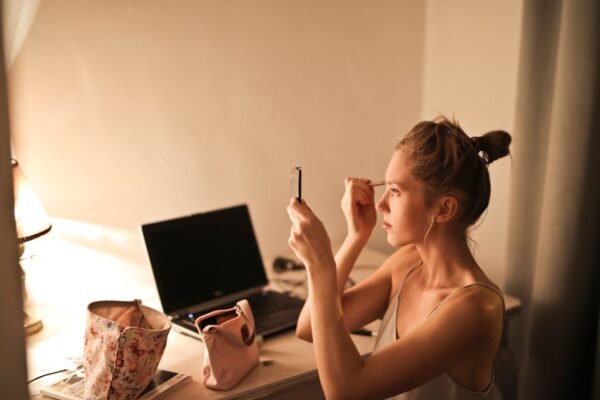Introduction to Botox and Facial Fillers
{“type”:”img1″,”src”:”https://facehubs.com/wp-content/uploads/2024/03/fileUpload-40.jpg”,”alt”:”woman face beauty treatment”}When it comes to non-surgical anti-aging treatments, Botox and facial fillers are among the most popular options worldwide. Despite their common use in cosmetic procedures, they serve different purposes and work in unique ways. This article aims to shed light on the key differences between Botox and facial fillers, helping you make an informed decision about which treatment might be right for you.
Botox, a brand name for botulinum toxin, temporarily paralyzes muscles, which can reduce the appearance of wrinkles and fine lines caused by expressions. On the other hand, facial fillers, also known as dermal fillers, are injectables that can fill in wrinkles, plump up areas with volume loss, and enhance facial contours.
Determining the right choice depends on the specific areas of your face you wish to address and the type of results you’re hoping to achieve. While Botox is typically used on the forehead and around the eyes, fillers are often applied to the cheeks, lips, and jawline.
To truly understand these treatments, it’s essential to dive into the specifics of each, examining their benefits, potential side effects, and the results you can expect from each.
As we aim to provide you with comprehensive insights into these popular cosmetic treatments, keep in mind that everyone's skin and desired outcomes are different. Consulting with a professional is crucial to determining the best approach for your unique needs.
How Botox Works
Botox is renowned for its capacity to smooth wrinkles that are dynamic—those that appear as a result of facial expressions such as frowning or smiling. It does this by blocking nerve signals in the muscles where it is injected, leading to temporary muscle paralysis.
The results of Botox are not immediate. It typically takes a few days to a week for the effects to become noticeable. The treated area will appear smoother and less wrinkled, providing a more youthful look. However, these results are not permanent. They usually last for three to six months, after which the treatment can be repeated.
Aside from aesthetic applications, Botox has a diverse range of medical uses. It has been effectively used to treat conditions such as chronic migraines, excessive sweating, and even muscle spasms. This versatility makes Botox a tool with far-reaching benefits beyond cosmetic improvements.
Despite its broad functionality, Botox is not without its risks. Potential side effects include bruising, swelling at the injection site, flu-like symptoms, and, in rarer cases, drooping of the eyelid or eyebrow if the toxin spreads beyond the intended area. Therefore, it's vital to choose an experienced and licensed professional for your Botox treatment.
Understanding the limitations and possibilities of Botox is key to setting realistic expectations and achieving satisfying results.
What Are Facial Fillers?
{“type”:”img1″,”src”:”https://facehubs.com/wp-content/uploads/2024/03/fileUpload-42.jpg”,”alt”:”cosmetic injections”}Unlike Botox, facial fillers don’t affect muscle activity. Instead, they work by quite literally filling in areas that have lost volume or developed wrinkles. There are various types of fillers, each designed for specific areas and concerns. Common materials include hyaluronic acid, poly-L-lactic acid, and calcium hydroxylapatite.
Fillers can provide immediate results, adding volume and smoothing out wrinkles as soon as they're injected. Depending on the type of filler used, results can last from six months to several years before the body gradually and safely absorbs the materials.
The versatility of facial fillers makes them an excellent option for a broad range of aging signs. From augmenting lips to enhancing cheekbones, smoothing smile lines, or reshaping the jawline, fillers can address numerous aesthetic concerns.
While generally considered safe, the procedure can carry risks such as swelling, bruising, and, in rare instances, lumps or asymmetry. As with any cosmetic procedure, it’s important to seek a qualified professional to minimize potential complications.
Choosing between Botox and facial fillers, or combining them, requires a thorough understanding of your goals and an evaluation by a skilled practitioner. This personalized approach will ensure the most natural-looking and effective results.
Combining Botox and Fillers for Comprehensive Results
For those looking to address multiple signs of aging, combining Botox and facial fillers can offer a comprehensive solution. This combination allows for the relaxation of muscles with Botox and the volume enhancement with fillers, tackling both dynamic and static wrinkles effectively.
By customizing the treatment to the individual’s needs, practitioners can achieve a balanced, natural look that addresses a range of aging concerns. However, it’s crucial to consult with a professional who can assess your facial structure and recommend the best treatment plan.
The strategic use of Botox and fillers can rejuvenate the face without the need for invasive surgery, offering a minimally invasive alternative with significant anti-aging benefits.
While the idea of combining treatments might seem daunting, the results can be profoundly transformative, giving a refreshed, younger-looking appearance that still maintains natural expression and movement.
Ultimately, the key to success with these treatments lies in the hands of experienced professionals who understand the art and science of facial aesthetics.
Considerations Before Undergoing Botox or Filler Treatments
Before deciding on Botox or filler treatments, it’s important to consider several factors, including your skin condition, age, and desired outcomes. Understanding the nature of your skin concerns and what each treatment can offer is the first step in making an informed decision.
It’s also vital to research and choose a reputable practitioner. The experience and skill level of the professional administering the treatment significantly influence the results and safety of the procedure.
Discussing your medical history, potential allergies, and any medications you’re taking with your practitioner is crucial to avoid complications. Transparency about your health and expectations will help tailor the treatment to your specific needs.
Finally, consider the longevity of the results and the commitment required for maintenance. While non-surgical, these treatments require regular sessions to maintain their effects over time.
Making an informed decision about Botox and filler treatments involves careful consideration and consultation with professionals. By understanding the nuances of each option, you can achieve your aesthetic goals safely and effectively.
Conclusion
Botox and facial fillers offer promising options for those looking to combat signs of aging without resorting to invasive surgical procedures. By understanding the differences, applications, and considerations for each treatment, individuals can make empowered decisions about their anti-aging strategies.
Whether you choose Botox, facial fillers, or a combination of the two, the key to a successful outcome lies in selecting experienced professionals and communicating openly about your expectations.
With the right approach, these treatments can significantly enhance your appearance, boosting your confidence and allowing you to age gracefully.





